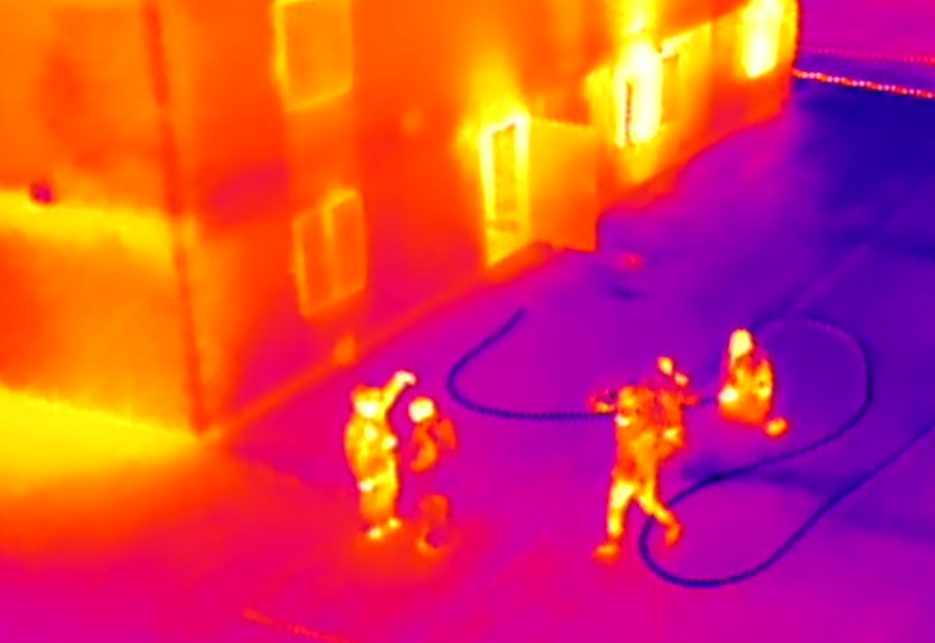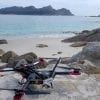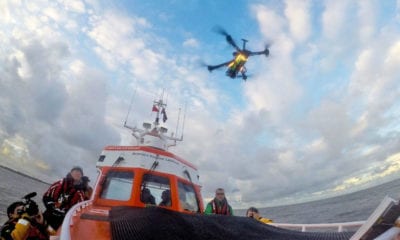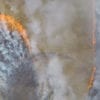
Industry
Drones Increasingly Useful in Firefighting, Search & Rescue
Drones Increasingly Useful in Firefighting, Search & Rescue
Firefighting experts in the U.S. who have to deal with major firefighting challenges in both urban and rural locations on a regular basis, are exploring the use of drones to increase the effectiveness of their firefighting capabilities.
It seems that drones, or more specifically quadcopters or “unmanned aerial vehicles” (UAVs), are beginning to find a place in the world of firefighting.
UAVs are beginning to make inroads into firefighting and appear to fit into that definition, providing a cheap way to collect critical information by using just one person, the operator. Thus, fire departments around the U.S. are researching whether investing in UAV technology is a viable option. A UAV, equipped with an infrared camera, is able to peer through the thickest smoke, could be an asset with the potential for multiple uses.
As an example, the Prescott Fire Department’s response area includes mountain terrain in the middle of town, along with the usual city firefighting challenges, and Division Chief Don Devendorf said the agency sees potential for multiple uses as they are very useful in locating lost and injured campers and hikers in areas with poor GPS ability due to terrain.
Devendorf says as the technology and payload increase, they would also be able to deliver first aid supplies, water, a phone and a radio, to people that needed it in advance of them being rescued.
Whereas in a town environment a payload consisting of a thermal-imaging camera could be used to look for ‘hotspots’ in structures, especially roofs and large commercial buildings. He says infrared cameras would aid in the search for people based on body heat, without the need for light to see people.
Chief Scott Freitag of the Central Arizona Fire and Medical Authority says they are also considering the technology and are looking at the possibility of purchasing a drone. They plan to use the UAV for search and rescue and to get good aerial views of larger structure fires, or the early stages of wild-land events.
Freitag says in dry conditions with high winds it could be used during a house fire to monitor conditions further away, checking for spot grass fires caused by embers being blown.
The control of a sawmill fire near Ash Fork in October 2017 was exacerbated by thick, black smoke, where firefighters were unable to see the hotspots they needed to extinguish, and some of the fire was burning under the surface of the ground.
Denny Foulk, Yavapai County’s emergency manager at the time, called Matt Mintzmyer an instructor in the UAV program at Yavapai College for assistance. Initially there was a lack of interest on the part of some fire fighters as to what a quadcopter could do; however, when they were shown how it could fly right over the scene, at 200 feet, and send back live video from the infrared camera, the hot spots were clearly seen, and they were convinced.
Foulk says the Sawmill Fire experience was unique, in that the fire was burning subsurface, and that created a potentially dangerous situation where someone walking on the surface would not know there was a huge hotspot underneath which they could fall through.
Foulk believes using quadcopters in specific situations make them very appropriate tools, and Devendorf agrees suggesting that ‘really cool stuff could be possible for fire and EMS using drones’.
Following are some of the ways drones can make a difference in firefighting:
- Drones can eliminate the need for firefighters to enter the danger area, as they can aerially assess the overall situation.
- Drones are being sent as scouts to provide a bird’s view of the spread and concentration of the fire. This can help in the initial firefighting efforts and planning of the search and rescue operation.
- Drones can help in determining the fastest way to put out a fire. Thermal imaging indicates the hottest part of a fire, so firefighters know where to concentrate their efforts.
- Drones can locate the seat of a fire and its progress, aiding firefighting personnel during a structural or wildfire. Added visibility can ensure the safety of the crew during a structure fire.
- In a wildfire, drones can track the progress of the fire and help crews work upstream to find and save objects or individuals under threat.
- Drones can search for missing persons or survivors using advanced sensors and cameras.
- Drones can be used to create a grid search of a specific area. Using a search pattern can reduce the time taken to search the land, especially if the area is somewhat inaccessible to human searchers.
- Drones can transmit data to a central location (control room), aiding in quick decision making.
- Drones can be used to collect video and photo evidence for fire investigations. They can also be used to determine the origin, spread and extent of damage caused by fire.


























